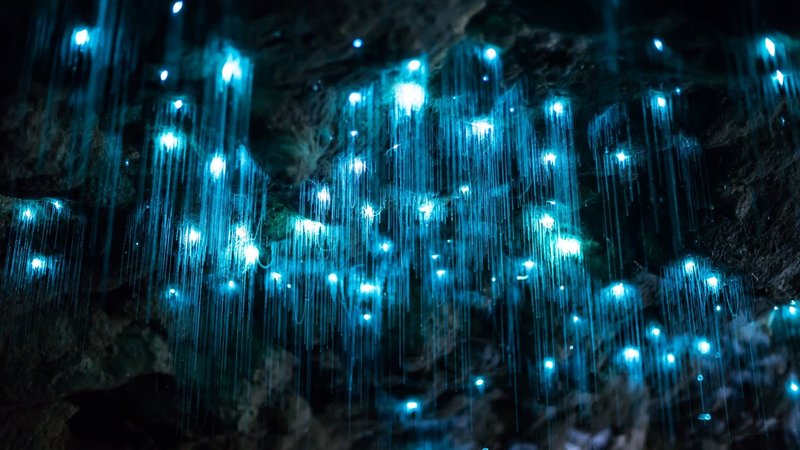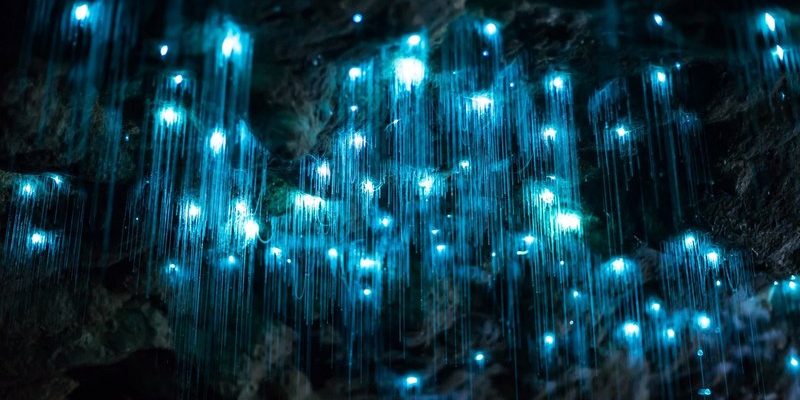
Now, let’s break this down. Picture glow worms, like tiny fairies, fluttering around under the glow of a streetlamp instead of nestled in their natural habitat. Why do they do that? It turns out, their attraction to light can lead them into quite a bit of trouble. In this article, we’ll explore why glow worms are drawn to artificial light and what it means for their survival.
What Are Glow Worms?
Glow worms aren’t worms at all; they’re actually the larvae of certain types of beetles. The most well-known species, the *Lampyridae*, produces a beautiful light thanks to a chemical reaction in their bodies. This glow is primarily used to attract mates and lure unsuspecting prey. Imagine a tiny, glowing fishing lure that catches both attention and food!
These larvae thrive in moist, dark environments, like caves and dense forests. They depend on their glow to exist, and it’s part of what makes them so enchanting. But when they get swayed by bright artificial lights, their instincts can lead them astray, putting their survival at risk. It’s like being drawn to a bright neon sign when you really should be sticking to the shadows.
Why Are Glow Worms Attracted to Light?
Honestly, it’s a case of mistaken identity. Glow worms are innately drawn to light. In the wild, they use their bioluminescence to signal to potential mates, and in return, they receive signals back. Artificial lights can confuse them, leading them into dangerous situations. Here’s the thing: when glow worms fly toward bright lights, they often end up getting eaten or losing their way.
Their attraction to artificial light is intense. It’s like a moth’s obsession with flame, drawn to something they think will bring them a mate or food, only to find peril instead. When they navigate toward streetlights or porch lights, many end up becoming easy prey or simply exhausting themselves.
The Impact of Artificial Light on Glow Worm Populations
The increasing presence of artificial lights in urban areas has affected glow worm populations significantly. Many species have seen declining numbers. With their natural habitats often disrupted by human activity, the lack of natural darkness means many glow worms are struggling.
In places where glow worms used to thrive, cities’ bright lights lead to fewer sightings. It’s a heartbreaking scenario, as these creatures contribute to the beauty of our natural world. Every glow worm that gets lost or killed due to light pollution is one less twinkling fairy lighting up the night.
How Light Pollution Disrupts Ecosystems
Light pollution doesn’t just impact glow worms—it affects entire ecosystems. By disrupting the natural cycle of light and darkness, animals can get thrown off their mating behaviors and feeding patterns. For glow worms, this disruption can mean reduced mating success and fewer new glow worms hatching into the world.
You might be wondering if there’s anything we can do about this. The good news is there are ways to mitigate light pollution! Simple measures, like shielding outdoor lights and using warmer bulbs, can help make a difference in preserving the habitats glow worms need to survive.
How to Help Glow Worms Thrive
If you want to protect glow worms in your area, there are a few steps you can take. Here are some practical tips that can make an impact:
- Limit Outdoor Lighting: Keep external lights to a minimum during glow worm season, typically in the warmer months when they are most active.
- Use Motion Sensors: Install motion-sensing lights that only turn on when needed, reducing overall illumination.
- Choose Warm Colors: Opt for warm-colored, low-intensity bulbs that are less disruptive to nocturnal creatures.
- Create Glow Worm Habitats: If you have the space, you can cultivate a natural environment for glow worms to thrive by keeping areas dark and damp.
By taking these actions, you can help maintain the enchanting glow of these tiny wonders while fostering a deeper connection with nature.
Glow worms are truly remarkable creatures, adding a sprinkle of magic to the night. However, their attraction to artificial light sources presents significant challenges to their survival. As we continue to light up our world, it’s crucial to remember the effect it has on our environment and the beings we share it with.
Next time you see a glow worm, whether in the wild or in a conservation area, appreciate its beauty and consider what you can do to keep its light shining bright. Understanding their relationship with artificial light can help us protect these glowing wonders for future generations. So, let’s embrace the night, turn down the lights, and let nature take center stage!

